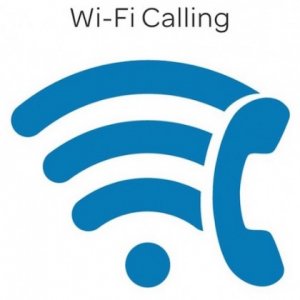Indian telecom voice market and updates

Suddenly the voice market in India is becoming very interesting. Earlier it was the case of Jio (and competitors) launching unlimited voice plans and now it’s the case of Govt. of India permitting IP telephony. IP Telephony i.e networks where telephony happens over IP (not to be confused with IP to IP calls but) where IP to PSTN interconnects happen. Till a few months ago IP telephony (or IP-PSTN) interconnection was allowed only under certain conditions like doing it inside a building only for purpose of call centres (with OSP license) or running SIP trunks over private networks. Things like termination of calls originated from the apps was not allowed (where IP-PSTN was happening within India) as well as DID or Direct Inward Dialing numbers were not allowed. There were even cases where apps/businesses had to shut down due to confusing regulation. Here’s a nice article from Medianama about it. But all those were things of past. In May Wifi calling or calls via Wifi where wifi is used loosely and it’s essentially called via any sort of Internet connections were permitted (news here). Later after TRAI’s clarification it now has been formally allowed. While it may not look as attractive as it should have been in the age of WhatsApp calling (IP to IP, not PSTN mess involved!), it still is quite interesting and going to bring some major change.